Top Things to Know Before Buying Hanging Indoor Plants

Top Things to Know Before Buying Hanging Indoor Plants: Lighting, Size, Drainage, Watering, Soil, Pruning, and Repotting
Bringing the outdoors in with hanging indoor plants adds a touch of life and vibrancy to your home. But before you get swept away by the allure of lush greenery, there are a few crucial things to consider to ensure your new leafy companions thrive.
First and foremost, choose plants that are suitable for your home's lighting conditions.

Light Up Your Home: Choosing Plants for Your Lighting Conditions
Choosing the right plants for your home is crucial for their survival and your enjoyment. Light is a critical factor, as plants need it for photosynthesis. To ensure your plants thrive, match them with the right lighting conditions.
Bright light is essential for plants like succulents, cacti, and flowering plants. These need at least six hours of direct sunlight daily, ideally near a south-facing window.
Medium light is suitable for many common houseplants, like peace lilies, snake plants, and ZZ plants. They tolerate bright indirect light, typically found near an east or west-facing window.
Low light is suitable for plants that thrive in shaded areas, like ferns, pothos, and cast iron plants. They prefer indirect light and can survive with just a few hours of light per day.
Consider the direction your windows face. South-facing windows receive the most sunlight, while north-facing windows offer minimal sunlight.
Observe your plants' growth. If they start to become leggy or lose color, consider moving them to a brighter location.
Rotating your plants can ensure even light distribution. This is particularly important for plants in low-light areas.

Choosing the Right Plant Support: Matching the Size and Weight
When selecting a plant pot, it's crucial to consider the size of the plant and the weight it can support. This ensures the pot provides adequate space for the plant to grow and remains stable. Pot size and weight capacity play a significant role in plant health and safety.
Small plants typically require smaller pots, while larger plants necessitate larger pots. The pot should be wide enough to accommodate the plant's roots and allow for growth. Ensure sufficient room for root expansion.
The weight of the plant and the soil in the pot also play a crucial role. Heavy plants, such as large trees or shrubs, require robust pots that can withstand their weight. Choose a pot made from sturdy materials that can support the weight of the plant and soil.
When selecting a pot, it's also essential to consider the drainage holes. Adequate drainage holes ensure excess water can escape, preventing root rot. Drainage is vital for healthy plant growth.
The material of the pot also influences its weight and durability. Clay pots are heavier but porous, allowing for good drainage. Plastic pots are lightweight and affordable, but they may not provide the same level of drainage as clay pots. Choose a pot material based on your needs and preferences.
If you're unsure about the size or weight capacity of a pot, consult a gardening expert or check the plant's care instructions. They can provide guidance on selecting the most suitable pot for your plant. Seeking professional advice can help you make an informed decision.
Remember, choosing the right pot size and weight capacity is essential for your plant's well-being. It ensures stability, provides sufficient space for growth, and prevents potential issues like root rot. A well-chosen pot contributes to a healthy and thriving plant.
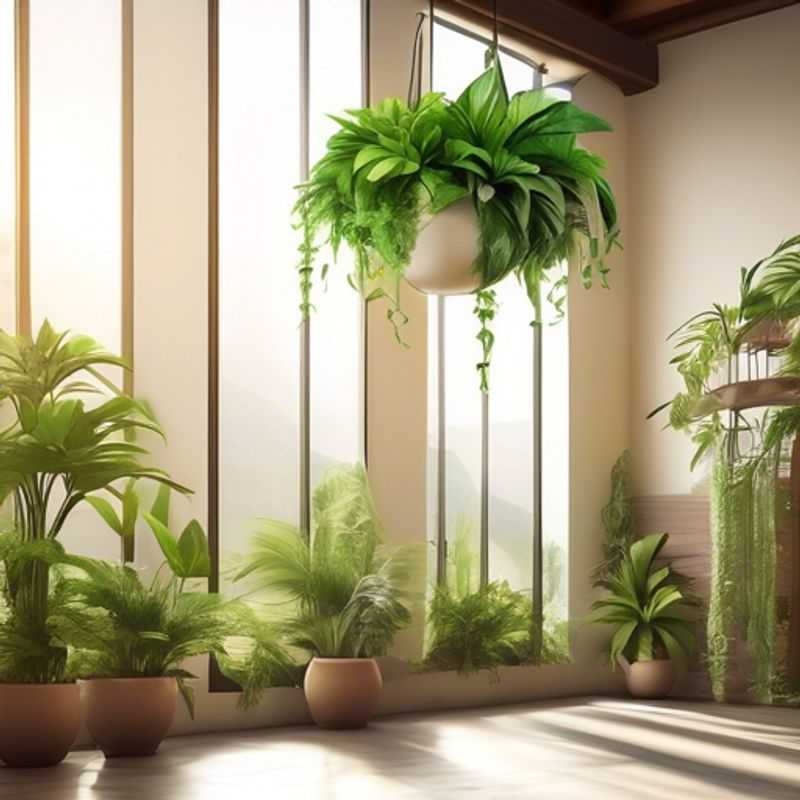
Drainage Drama: Why Proper Pot Drainage is Crucial for Your Plants
Proper drainage is crucial for plant health, preventing root rot, a common problem caused by excessive waterlogging. When water accumulates in the pot, it suffocates roots, depriving them of oxygen, leading to decay and ultimately plant death. Ensuring proper drainage in your pots is vital for successful plant growth and longevity.
Choose pots with drainage holes: The most fundamental aspect is choosing pots with drainage holes at the base. These holes allow excess water to escape, preventing the soil from becoming waterlogged. This simple step is the foundation of good drainage.
Use a well-draining potting mix: Using a potting mix specifically designed for drainage is crucial. These mixes contain ingredients that promote air circulation and prevent water from pooling. Additionally, the addition of perlite or vermiculite to your potting mix can further enhance drainage by increasing air pockets in the soil.
Avoid overwatering: While providing adequate moisture is essential, overwatering is a common mistake. Water only when the top inch of soil feels dry to the touch, and avoid letting the pot sit in a saucer of water. This prevents the roots from constantly being in contact with excess moisture.
Inspect drainage: Regularly check the drainage holes to ensure they aren't clogged with debris. If necessary, clear any obstructions to maintain efficient water flow. This simple maintenance step can make a significant difference in preventing root rot.
Consider a drainage layer: Adding a layer of gravel or broken pottery shards at the bottom of the pot can further enhance drainage. This layer prevents the drainage holes from getting clogged and ensures that water can easily flow through the pot.
Proper drainage, coupled with the right potting mix and watering practices, creates an ideal environment for your plants to thrive. By implementing these simple steps, you can significantly reduce the risk of root rot and ensure the long-term health of your beloved plants.
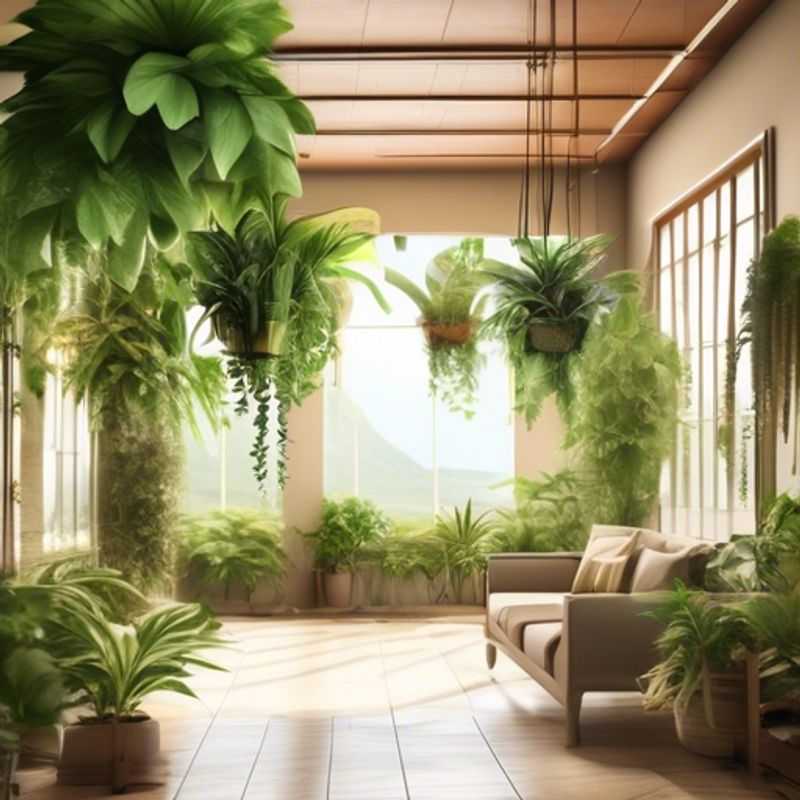
Understanding Your Plants' Thirst: Researching Watering Needs
To keep your plants thriving, understanding their specific watering needs is paramount. Researching a plant species before bringing it home is crucial for its long-term health and your own success as a plant parent.
The first step is identifying your plant. Knowing the exact species is key because each plant has unique water preferences. Common names can be deceiving, so it's always best to confirm the scientific name for accuracy. Online plant identification apps can help in this process.
Next, research the plant's natural habitat. Plants from arid environments, like cacti and succulents, need less water than plants from humid rainforests. This information gives a good indication of their water requirements in your home.
Look for specific watering instructions for your chosen plant. Many online resources, plant care books, and gardening communities offer valuable information on specific watering techniques for different species.
The type of soil used in your pot also plays a significant role. Some soils retain moisture longer than others. When selecting soil, consider the plant's specific needs and choose a mix that provides appropriate drainage.
Lastly, pay attention to environmental factors like temperature, humidity, and light. These factors impact the speed of water evaporation and can influence how frequently you need to water your plants.
Don't be afraid to experiment. Once you have researched your plant's needs, you can adjust your watering schedule based on observations. Monitor your plants' leaves, stems, and soil to determine their hydration levels.
Remember, consistency and observation are key. By researching your plant species and carefully observing its responses, you can establish a watering routine that will keep it healthy and flourishing for years to come.
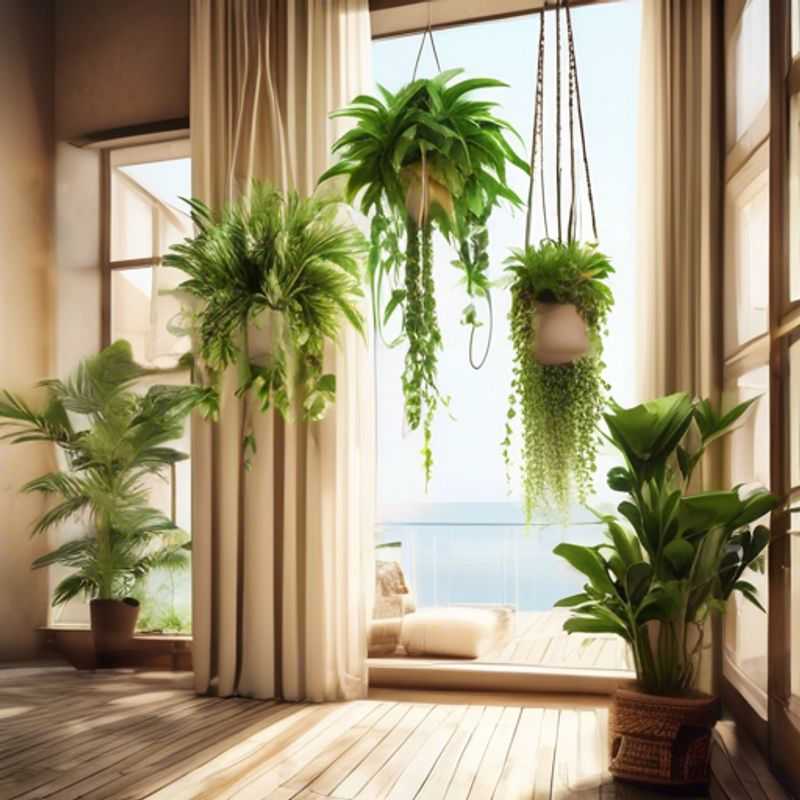
Nurturing Growth: Choosing the Perfect Soil and Fertilizer for Your Plants
To provide the right soil and fertilizer for your plants, you need to understand their specific needs. Different plants thrive in different soil types and require varying amounts of nutrients. A good starting point is to research the specific needs of your plant. Look for information on the type of soil, pH level, and nutrient requirements.
Once you know the plant's preferences, you can choose the appropriate soil mix. If you're unsure, a general-purpose potting mix is a good option for many plants. Consider adding amendments like compost, vermicast, or peat moss to improve soil structure and drainage. To determine the soil's pH, you can purchase a simple pH testing kit from most garden centers.
Fertilizers provide essential nutrients for plant growth, and the best type depends on your plant's needs. There are various fertilizers available, including granular, liquid, and slow-release options. You can choose the best option based on your plant's specific requirements and personal preferences. Follow the manufacturer's instructions on application rates and frequency.
Regularly monitor your plants for signs of nutrient deficiency or excess. This might include discoloration, stunted growth, or wilting. Adjust your fertilizing practices accordingly. Consider using a soil test to determine specific nutrient levels in your soil. This can help you personalize your fertilizing plan.
Remember, providing the right soil and fertilizer is crucial for healthy and thriving plants. By understanding your plant's needs and using the right tools and techniques, you can give them the best possible care.
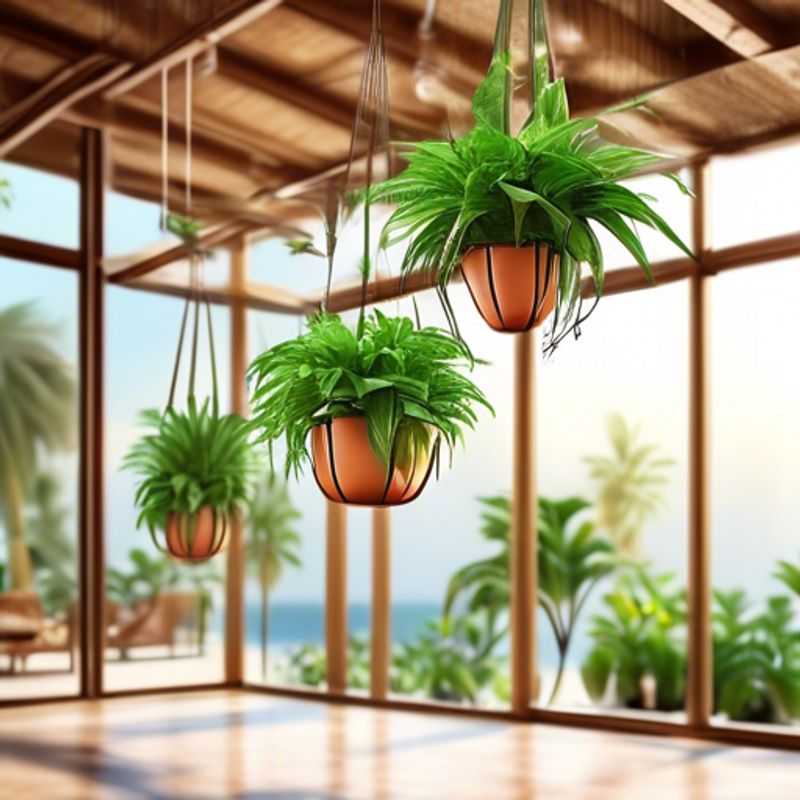
A Commitment to Care: Pruning and Maintaining Your Plant for Optimal Growth
Pruning and maintenance are crucial aspects of plant care, promoting healthy growth, shaping the plant, and preventing diseases. Regular pruning encourages new growth, improves air circulation, and allows for proper sunlight penetration.
Regular pruning involves removing dead, diseased, or damaged branches and stems, as well as thinning out overcrowded foliage. This practice enhances the plant's overall health and encourages a more vigorous growth habit. It also helps to prevent the spread of diseases and pests.
Maintaining your plants includes tasks like watering, fertilizing, and controlling pests and diseases. Proper watering is essential to keep the soil moist but not soggy. Fertilization provides the necessary nutrients for healthy growth, and pest and disease control helps protect the plant from damaging agents.
Pruning and maintenance can be done by the plant owner or a professional gardener. Depending on the type and size of the plant, you may need to hire a professional for larger trees or complex pruning techniques. The cost of hiring a professional gardener can vary depending on the service, the size of the plant, and the location.
Before starting any pruning or maintenance activities, it is crucial to research the specific needs of your plant species. Different plants have varying requirements for pruning and maintenance. Consult with local gardening experts or reputable online resources for detailed information on your particular plant.
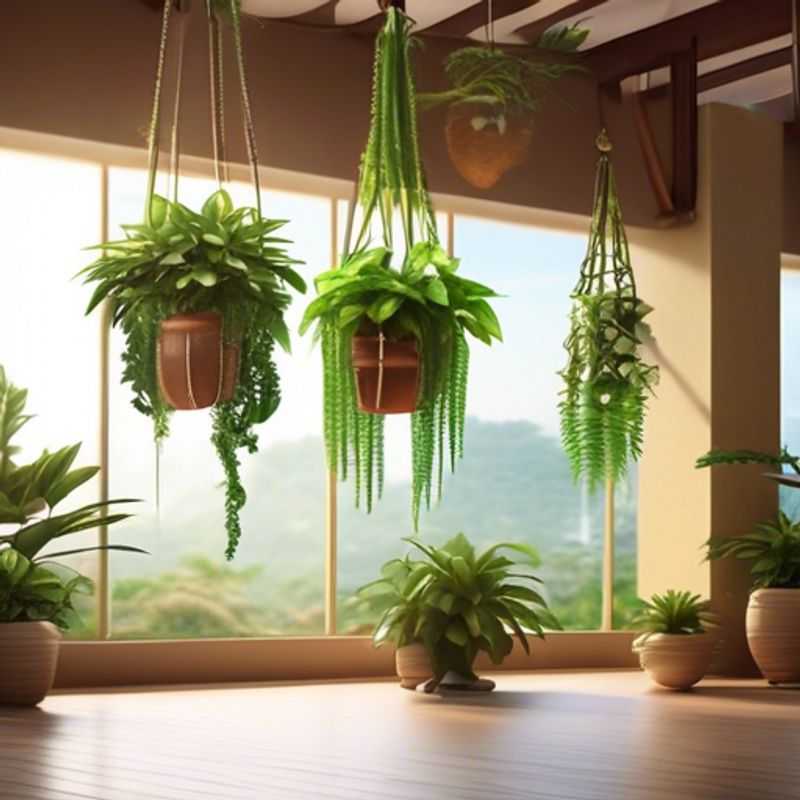
Repotting Mastery: A Guide to Upsizing Your Plants with Confidence
Repotting your plant as it grows is essential for its health and longevity. When roots become cramped, they can't absorb nutrients and water efficiently, leading to stunted growth and even death.
Choose the right pot: Opt for a pot that is just slightly larger than the current one. Too large a pot can lead to root rot, as the soil stays wet for longer.
Prepare the new pot: Fill the new pot with fresh, well-draining potting mix. Don't pack the soil too tightly, as it needs to be airy for the roots to thrive.
Gently remove the plant: Carefully remove the plant from its current pot. If it's stuck, tap the base gently or run a knife around the edge to loosen it. Don't pull the plant out forcefully, as you might damage the roots.
Inspect the roots: Examine the roots for signs of rot or damage. If you see any, prune away the affected areas.
Repot the plant: Place the plant in the new pot, ensuring that the top of the root ball is at the same level as the soil in the new pot. Fill in any gaps with additional potting mix, being careful not to cover the crown of the plant.
Water thoroughly: Once repotted, water the plant thoroughly to settle the soil and help the roots acclimate to their new environment. Avoid overwatering, as it can lead to root rot.
Place the plant in indirect sunlight: Allow the plant to adjust to its new home by placing it in indirect sunlight for a few days before gradually moving it back to its usual spot.
Repotting is a relatively straightforward process, but following these steps will ensure a successful repotting experience for your plant. Remember, each plant has unique needs, so be sure to research the specific requirements of your plant before repotting.
